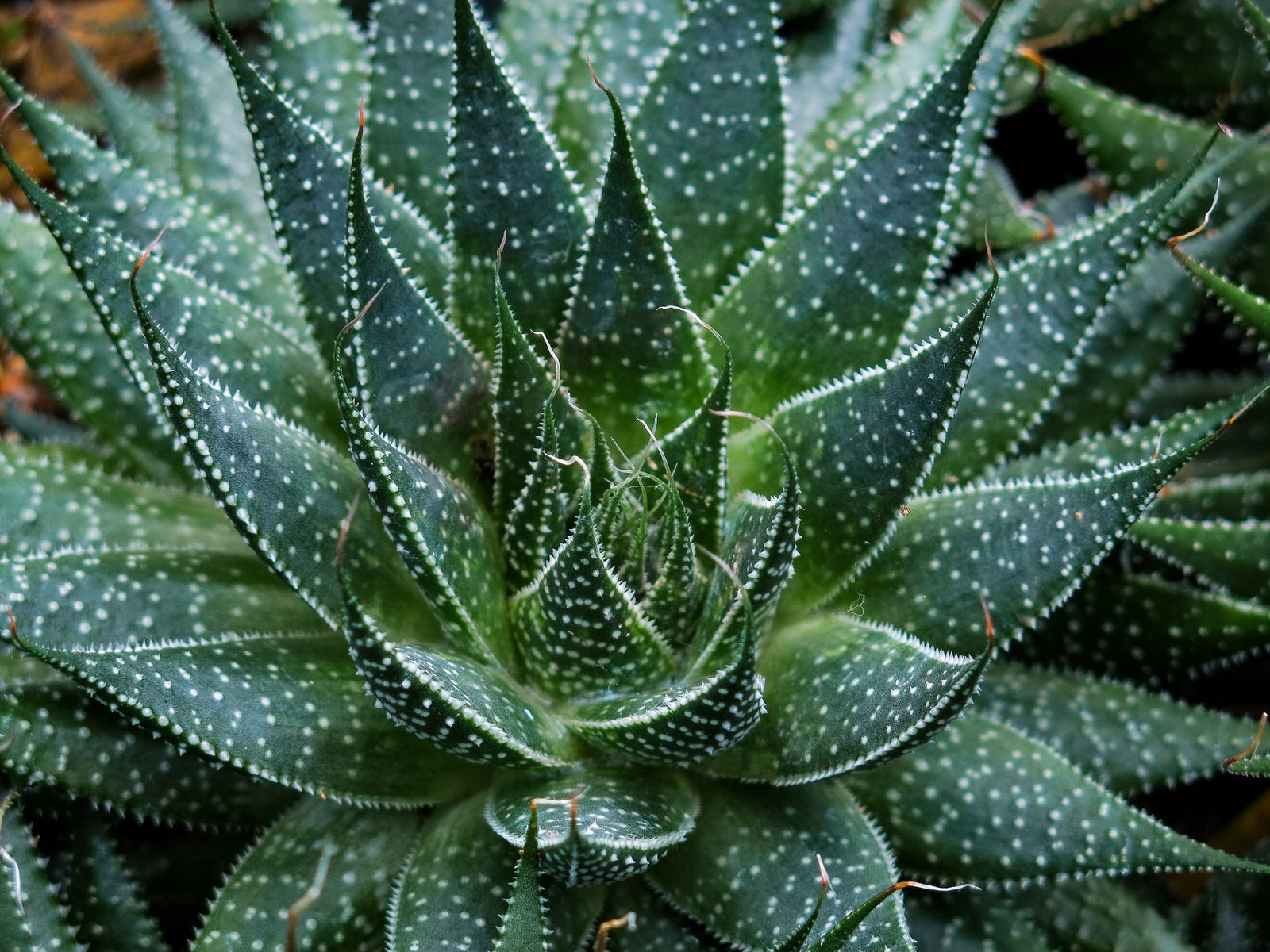
WHAT ARE THEY AND HOW TO CONTROL THEM
The citrus leafminer is an insect pest that started showing up in Southern California several years ago. The larvae are laid by tiny, minute, silvery white moths that tunnel within the leaves, leaving snaking trails of dead tissue behind. Other symptoms of infestation include curling of leaves and, in severe cases, even succulent young branches of green shoots may be attacked.
Although leaf miners don’t usually demolish an entire plant, they can cause quite a bit of unsightly damage. This makes it important to start controlling this pest at the first signs of attack and following up with repeat applications to break the life cycle of this insect pest. Leafminer Traps can be set out to detect these pests and are sold in specialty lawn and garden stores such as Grangetto’s.

Citrus leafminers tunnel between the upper and lower surfaces of leaves to lay eggs. The clear waxy trail they leave behind is unmistakable–and permanent. Once they eat a path between leaf surfaces, they drop off the leaf to pupate in the soil beneath. Then the whole process starts over again, yielding several generations of leaf miners over the course of a summer.
Controlling leafminers is difficult, even with chemicals, because they are protected by the upper and lower leaf surfaces. We recommend treating your infected plants with an insecticide containing Spinosad, such as Monterey Garden Insect Spray with Spinosad. We carry this in pint, quart, gallon, and a pint hose-end sprayer. Another effective control is to remove (and destroy) affected leaves. You can also treat the leaf surface with a oil-based pesticide, such as Neem Concentrate, which can help to prevent tunneling by future generations. For those who would prefer a systemic soil-drench, “BioAdvanced Fruit, Citrus, & Vegetable Insect Control” only requires one application per year. That is available in a quart size.
We also recommend Citrus Leafminer Kit from Pest Wizard.
How the trap works: Adult male Citrus Leafminers are attracted to the female sex pheromone that is slowly released from the lure inside the delta trap. As breezes flow through the trap the pheromone’s scent is carried away from the trap in an ever widening cone pattern. Males fly back and forth across and down the invisible cone until they reach the lure inside the trap where they meet their end. As this trapping system takes male Leafminer moths out of circulation, fertile egg production drops and Leafminer damage is reduced without insecticides.
Deploy traps mid May through November. Severely infested trees may require 2 traps: one on either side of the tree. Grouped trees may require 1 trap for every 3 or 4 trees. Hang traps outside the foliage, shoulder high. Early Spring check trap weekly for Citrus Leafminer. As soon as you catch a couple, deploy any additional traps. When traps become 75% saturated with insects before the 30-day lure life expires, move the lure to a fresh trap and continue. Consider encouraging your neighbors to do the same if their yards contain citrus plants.
Other Control Measures: Avoid practices that destroy or disrupt highly effective natural beneficial insects. Avoid pruning live branches more than once per year. Leave damaged leaves alone. Remove water sprouts. Remove suckers that grow from the trunk below the graft union. Control ants.
More about Citrus Leafminer
Images courtesy of UC IPM Online





